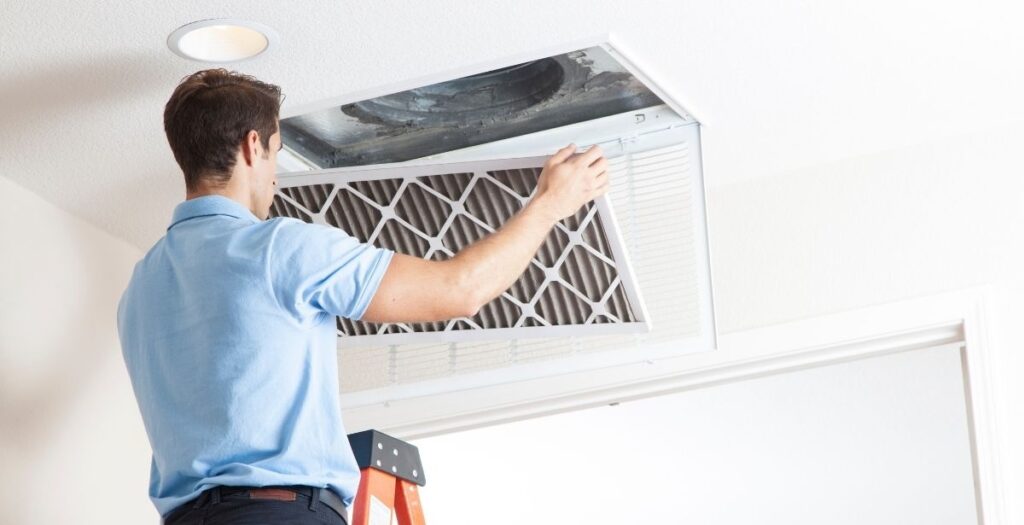
Do you ever feel frustrated when certain rooms in your home never seem to reach the right temperature? It’s like the back bedroom is always stuffy, the basement feels damp and chilly, and the first floor struggles while the upstairs bakes. You may even crank up the thermostat, but stubborn hot or cold spots persist.
The truth is that the HVAC system in your home is like the pipes of your body’s circulatory system. It pumps air to every room through a network of ducts, just as blood flows through your veins and arteries. But sometimes, the airflow gets blocked or restricted, just like your pipes can get clogged.
This can result in discomfort when some rooms don’t get enough cooling or heating supply. The solution lies in detecting and clearing out what’s blocking proper airflow in your ductwork. Here are the most common culprits behind insufficient air supply from the vents.
Dirty Air Filters
A filter that is clogged with dust, pet hair, and debris can impede the flow of air, much like a boulder in a stream. It is recommended by most HVAC experts to change filters every 1-3 months. You should check your filter and if it is clogged, replace it as soon as possible. This will help your system to breathe easier.
Closed Vents
It may seem like common sense, but it’s important to make sure that furniture, rugs, storage bins, or anything else isn’t blocking the vents. This is particularly important in rooms where there may be issues with temperature regulation. Even if it appears that the vent is open, it’s possible that the damper inside is closed, which can restrict airflow. Make sure to check and open it up to ensure proper ventilation.
Kinked Flex Ducts
When it comes to flexible ductwork, kinks can severely limit the flow of air, like a bent drinking straw. It is important to ensure that new ducts are installed with smooth contours and to regularly check existing flex ducts for any kinks or damage. If you do find any kinks, it is best to try and straighten them out or have them replaced.
Disconnected Ductwork
When vents meet trunk lines or ducts attach to units, gaps can occur which cause air leaks and reduce air supply. To prevent this, use metal tape to thoroughly seal all connections. Additionally, it’s important to insulate any bare ducts to prevent the accumulation of condensation.
Tight Radiator Coils
The evaporator and condenser coils in HVAC systems can accumulate dust, dirt, and debris over time. This clogs up the coils, making it harder for air to pass through. Tight, dirty coils restrict airflow and lower system efficiency. Have a technician professionally clean the AC or heat pump coils if they appear to be packed with gunk. Proper coil cleaning can restore normal air volume.
Don’t live with lackluster airflow – identify and fix the root causes using this guide from AAA-1 Heating and Cooling. Even better, let the AAA-1 experts handle it! With years of experience diagnosing insufficient air volume issues, AAA-1 technicians can inspect your entire duct system, find any problem areas, and restore free airflow. Contact AAA-1 today to schedule a professional ductwork evaluation. AAA-1 will help you finally achieve comfortable temperatures in every room.
